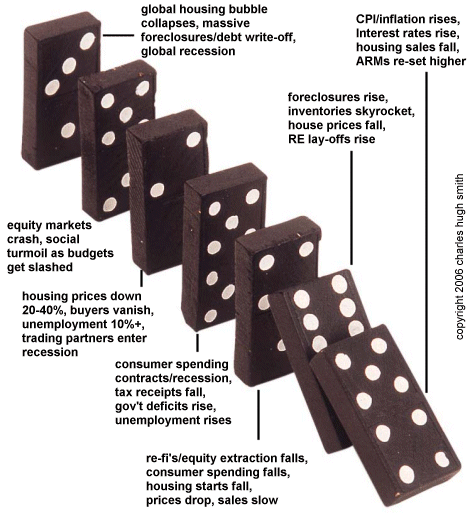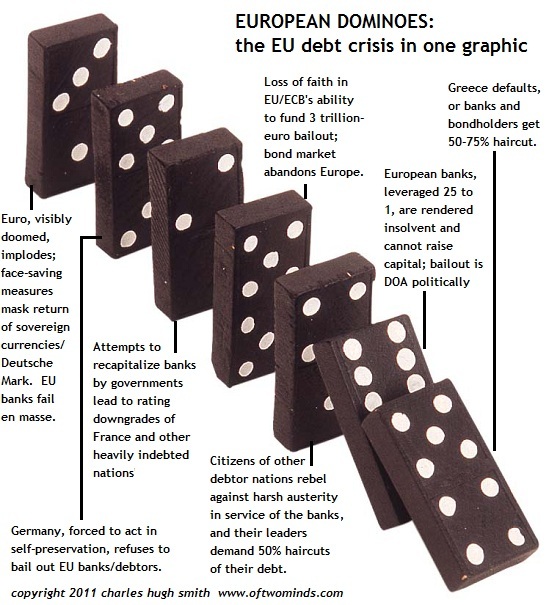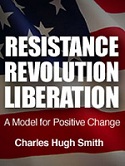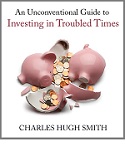In a Dysfunctional Status Quo, Reform Triggers Collapse
You cannot "reform" away the dysfunction of the Status Quo without dismantling the vested interests and the ruling Elites that benefit from the Status Quo.
The dream of every conventional reform movement is to rid the system of its dysfunctional features while preserving the Status Quo.
But what the reformers don't understand is that the Status Quo is dysfunctional not because of bad policies or a few corrupt officials--it is corrupt and dysfunctional from the ground up.
Dismantle the dysfunctional parts and you've dismantled the entire Status Quo.
MacFarquhar, a professor of history and political science at Harvard University, said the vested interests of the political elite were so entrenched in a corrupt system that an overhaul would amount to dismantling the regime.Despite hopes the regime can peacefully transform itself into a democracy with rule of law, MacFarquhar said he could not see such a transition, which would require the ruling elite to give up its power and privileges.
Although a political system's inertia often meant a fragile regime could exist for years, MacFarquhar said unpredictable circumstances could trigger its collapse. "You don't know what can unseat a fragile system," he said.
In every case, eliminating the source of the rot and corruption would topple the increasingly fragile regime. In the case of China, corruption isn't a feature of the regime: it is the regime.
In the U.S., financialization isn't a corrupting feature of our financial system: it is the system.
In the E.U., catastrophically misguided central planning isn't a feature of the Eurozone: it is the Eurozone.
In Japan, a stupified government propping up a zombie banking system isn't a feature of the Status Quo: it is the Status Quo.
Any reform that actually excised the source of the moral rot, corruption, malfeasance, fraud, malinvestment, moral hazard and self-serving vested interests would bring the increasingly fragile Status Quo crashing down in a nonlinear cascade of interlocking failed systems.
Here's an example of how unsustainable systems fail: the housing bubble. I prepared this "domino effect" graphic way back in July, 2006, when conventional wisdom held that there was no housing bubble: Housing Dominoes Fall (July 26, 2006)


NEW VIDEO: CHS and Gordon Long discuss The Constitution in Peril: the erosion of civil liberties and the emergence of a new Police State (25 minutes, 25 slides)
Thank you, James M. ($20), for your wondrously generous contribution to this site--I am greatly honored by your ongoing support and readership.































